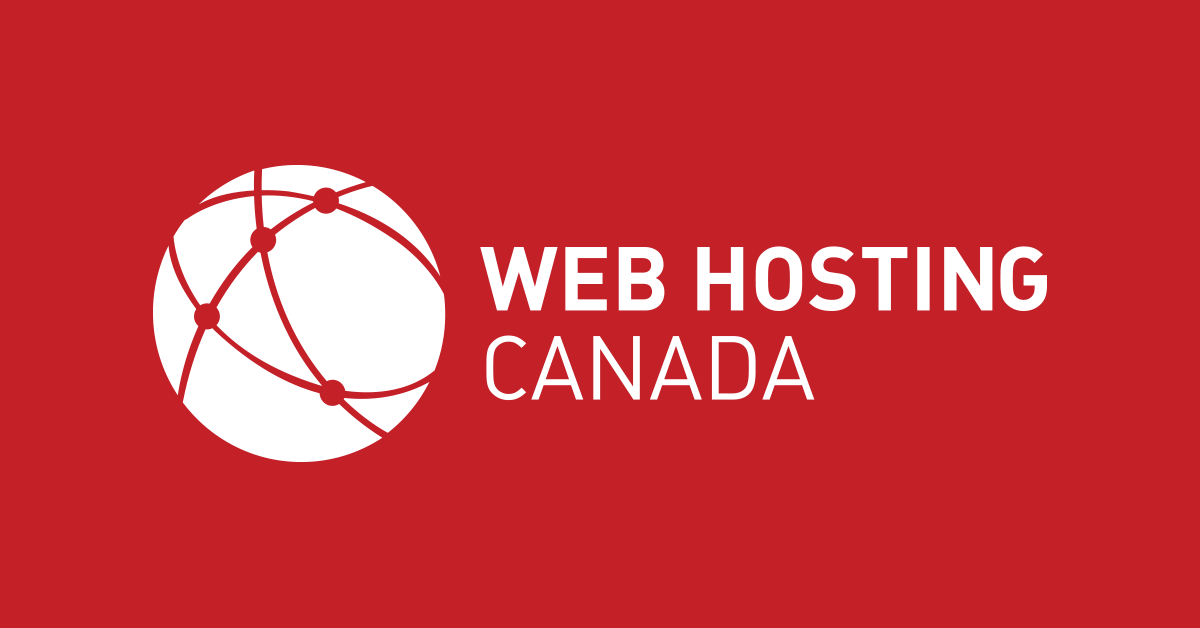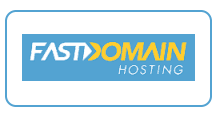Implementing CDN to Enhance Website Speed
Implementing Content Delivery Networks (CDNs) to Enhance Website Speed, Reliability, and Global Content Delivery
A slow-loading website can lead to high bounce rates, reduced user engagement, and ultimately, lost revenue. Content Delivery Networks (CDNs) have emerged as an essential tool for website optimization, enabling businesses to deliver lightning-fast content to users worldwide. This article delves into the intricacies of CDNs, their benefits, and how experienced users in web development, hosting, and system administration can effectively implement them.
Understanding Content Delivery Networks (CDNs)
A CDN is a geographically distributed network of servers that work in tandem to deliver website content to users with optimal speed and performance. Instead of serving content from a single origin server, CDNs cache static content such as images, videos, CSS, and JavaScript files on multiple edge servers strategically located closer to users.
Benefits of Using a CDN
Implementing a CDN offers numerous advantages:
- Improved Website Speed: By serving content from servers closer to users, CDNs reduce latency and ensure faster page load times.
- Enhanced Reliability: CDNs provide redundancy, ensuring website availability even if one or more servers experience downtime.
- Global Content Delivery: CDNs enable businesses to cater to a global audience by efficiently delivering content from servers distributed worldwide.
- Reduced Server Load: By caching and serving static content, CDNs alleviate the burden on origin servers, freeing up resources to handle dynamic requests.
- Improved SEO: Search engines prioritize websites with faster loading times, leading to improved search engine rankings.
How CDNs Work
When a user requests content from a website using a CDN, the request is routed to the nearest edge server. If the requested content is cached on the edge server, it is served directly to the user. If not, the edge server retrieves the content from the origin server, caches it locally, and then serves it to the user.
Choosing the Right CDN
Selecting the appropriate CDN is crucial for maximizing performance benefits. Factors to consider include:
- Network Coverage: Opt for a CDN with a vast network of edge servers strategically located in regions where your target audience resides.
- Performance Features: Look for CDNs offering advanced caching mechanisms, content optimization techniques, and support for HTTP/2 and other performance-enhancing protocols.
- Security Features: Ensure the CDN provides robust security measures such as DDoS protection, SSL/TLS encryption, and Web Application Firewall (WAF) capabilities.
- Pricing and Support: Evaluate pricing models, service level agreements (SLAs), and the availability of reliable customer support.
Implementation and Configuration
Implementing a CDN typically involves the following steps:
- Sign Up with a CDN Provider: Choose a reputable CDN provider that aligns with your specific requirements.
- Configure CDN Settings: Specify the origin server, select caching rules, and configure other relevant settings through the CDN provider's control panel.
- Update DNS Records: Point your domain's DNS records to the CDN provider's servers. This step ensures that traffic is routed through the CDN.
- Test and Monitor Performance: After implementation, thoroughly test your website's performance and monitor key metrics using tools like Google PageSpeed Insights or GTmetrix.
Best Practices for CDN Optimization
To maximize the benefits of your CDN, consider the following best practices:
- Utilize Caching Effectively: Configure caching rules to store frequently accessed content on edge servers for extended periods, reducing latency and server load.
- Optimize Content for Delivery: Compress images, minify CSS and JavaScript files, and leverage browser caching to optimize content for faster delivery.
- Use a Content Management System (CMS) with CDN Support: Many popular CMS platforms offer plugins or integrations that streamline CDN implementation and management.
- Monitor CDN Performance Regularly: Continuously monitor CDN performance metrics to identify and address any potential issues promptly.
















